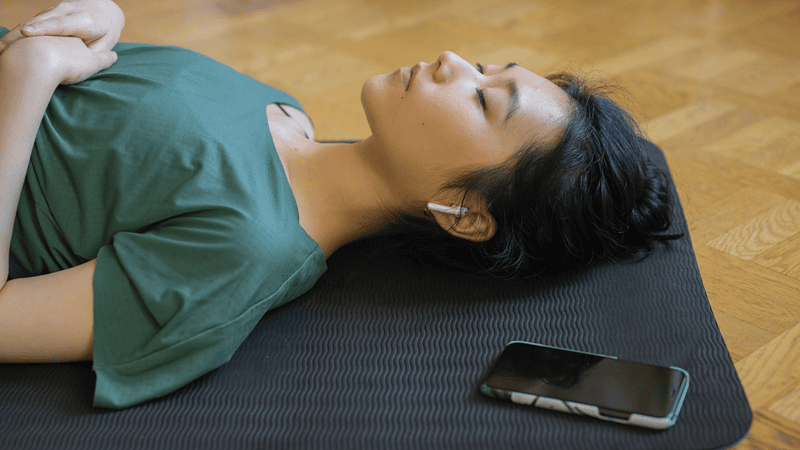
Meditation and Chronic Pain
Chronic pain can affect every part of your life, from work to sleep. Here we explore some ways that meditation can be a side-effect free part of chronic pain management. By Vicky Richings
A few years back, just after I qualified as a yoga teacher, I suffered a herniated disc in my lower back. I’d never experienced chronic pain before and tried many different methods in an attempt to get rid of it.
In addition to other methods of pain management, I found meditation useful. With no serious side-effects, it can be worth trying. However, we all experience pain differently and therefore the efficacy of pain management methods will vary too, so do not worry if you find these meditations are not for you.
Meditation can be challenging when you have pain that never goes away. Not only does it try and grab our attention, but it can also mean that finding a comfortable position for meditation is difficult.
The traditional seated pose for meditation may exacerbate the sensation of pain. If this is the case, we can meditate in another position. Try finding a posture in which you feel the least discomfort: laying prone or supine, supported Cobra (Bhujangasana), standing leaning against a wall or Child’s Pose (Balasana) are all possibilities.
It’s good to find a little stillness for the practice, but if staying too long in one position isn’t possible, we can move when we need.
Once we have found a way in which our body is happiest, we can start our meditation practice. In my experience, chronic pain management meditation can take two basic forms: removing our focus from the pain or directing our focus to the pain. Although the latter may sound counterintuitive, it was the method that I found most effective. With either of these methods, if we find our discomfort increasing or would like to stop practicing for any reason, then it’s perfectly okay to stop.
First let’s look at removing our focus from the pain.
Resting awareness on the breath is a familiar meditation technique and this can be applied to pain management meditation. Bringing your focus to the natural inhale and exhale, whether that be the sensation at the nostrils or the gentle movement of the chest and belly, can help to redirect our attention. If we are able to do this for just one or two breaths, it may be possible to build up to more breaths over time, which could give moments of pain relief when we practice.
The second method of taking our focus to the pain can be very interesting indeed.
We can begin with the familiar breath awareness to settle into the practice, but then allow our focus to be directed to the exact spot of the pain we feel in that moment. Now, something intriguing might happen: the pain may start to hide as if it has become shy getting this level of attention or it may shift to a different place. If it hides, then we can keep the focus on that area for the meditation. If the pain moves, we can repeat the method of directing the focus to the exact spot of the pain once again. Continuing with this as many times as we wish, chasing the sensation wherever it resides at that moment.
If you find either of these methods useful, it may be helpful to build it into your daily routine, even if you practice for just a few minutes at a time.
While meditation is not an alternative to medication, teaching our brains to process the sensation of pain differently may help with the management of chronic pain.







